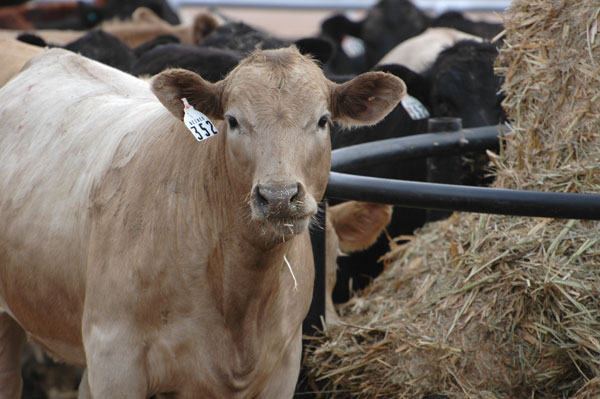Is Two-Tiered Beef Production The Answer For Today’s Consumer?
Beef is losing the race with competitive proteins and overlooking consumers’ growing appetite for ground beef. What is the solution? BEEF explores.
June 6, 2014

“Despite the fact that the U.S. has become a ground-beef nation, the beef production model has changed very little over the years,” Don Close, Rabobank cattle economist. “Little consideration has been given to which cuts the beef consumers are selecting, and why.”
Any substantial change to beef’s current market structure promises to be difficult, given the capital investment of beef packers and cattle feeders. Plus, the market structure is designed to reward yield and quality as defined by the USDA grading system.
Supply is an issue
Supply is an issue, too. Livestock economist Bill Helming points out that 100% of domestic broiler production comes from 27 firms. Compare that to approximately 750,000 cow-calf operations in the U.S. Based on herd sizes, Helming estimates 600,000 are not economically sustainable, since 80% of all U.S. cow-calf operations have fewer than 50 beef cows.
First, Helming says, “The beef industry needs to throw out the notion that the only way to produce high-quality beef is by feeding grain.”
Next, rather than the current, one-size-fits-all production business model, Helming says there must be at least two models.
Helming advocates that cattle producers, cattle feeders and packers demand a new USDA-sanctioned grade that would accommodate the production of cattle fed grass and forage exclusively. This would be “for the production of lower-cost ground beef, and thereby allowing market forces to work better for U.S. consumers,” he says.
Subscribe now to Cow-Calf Weekly to get the latest industry research and information in your inbox every Friday!
Close suggests a similar scenario, but one in which cattle still receive grain, but for fewer days.
“The future for the U.S. beef industry is a production model that better optimizes inputs to deliver the best product at the best price for a given market,” Close believes. “In the U.S., the consumer wants more competitively priced, convenient ground beef. The U.S. cattle producer and feeder must produce a product for this market, and this means early identification of an animal’s genetic potential and tailored management of that animal to meet the end-market requirements.”
By identifying the best half to two-thirds of the calf crop as early in the process as possible, Close says those cattle could continue to be managed as they are today, targeting the final use for high-end, high-quality end-use markets.
Targeted production
As for the remaining cattle, he adds. “This share of the calf crop should be left on some type of natural forage for a longer period of time in order to capitalize on the lower cost of gain. This isn’t the grass production model used in other parts of the world, but a modified feeding approach. This approach spans a shorter feeding period, and will likely involve a lower-energy ration in order to reduce costs in the production process.”
Helming says that through genetic selection relative to beef cattle size (frame score), type and body composition, and using more grass and forage, the U.S. could produce a majority of that 60% of beef consumed as a ground product much cheaper than through the conventional feedlot, grain-fed system.
“I think the industry has to ask what it can do to be more accommodating to the growing majority of meat-eating consumers to make our product more affordable — specifically, how to make ground beef more affordable. The question is how to make ground beef more cost-competitive with chicken and pork,” Helming says.
“The bottom line is that the existing beef business model has been lowering head count and losing market share for the past 40 years,” Close says. “While change is often difficult, the industry can either adapt to the realities of the modern end-user market, or continue with the status quo of contracting supplies and shrinking demand.”
Bill Helming can be contacted at 913-768-6540.
You might also enjoy:
15 Four-Wheelers That Are New For 2014
Has The U.S. Become A Ground Beef Nation?
10 Resources For Breeding Success
5 Essential Steps For Fly Control On Cattle
Barnum & Bailey Shows The HSUS Juggernaut Isn’t Invincible
About the Author(s)
You May Also Like




.png?width=300&auto=webp&quality=80&disable=upscale)
